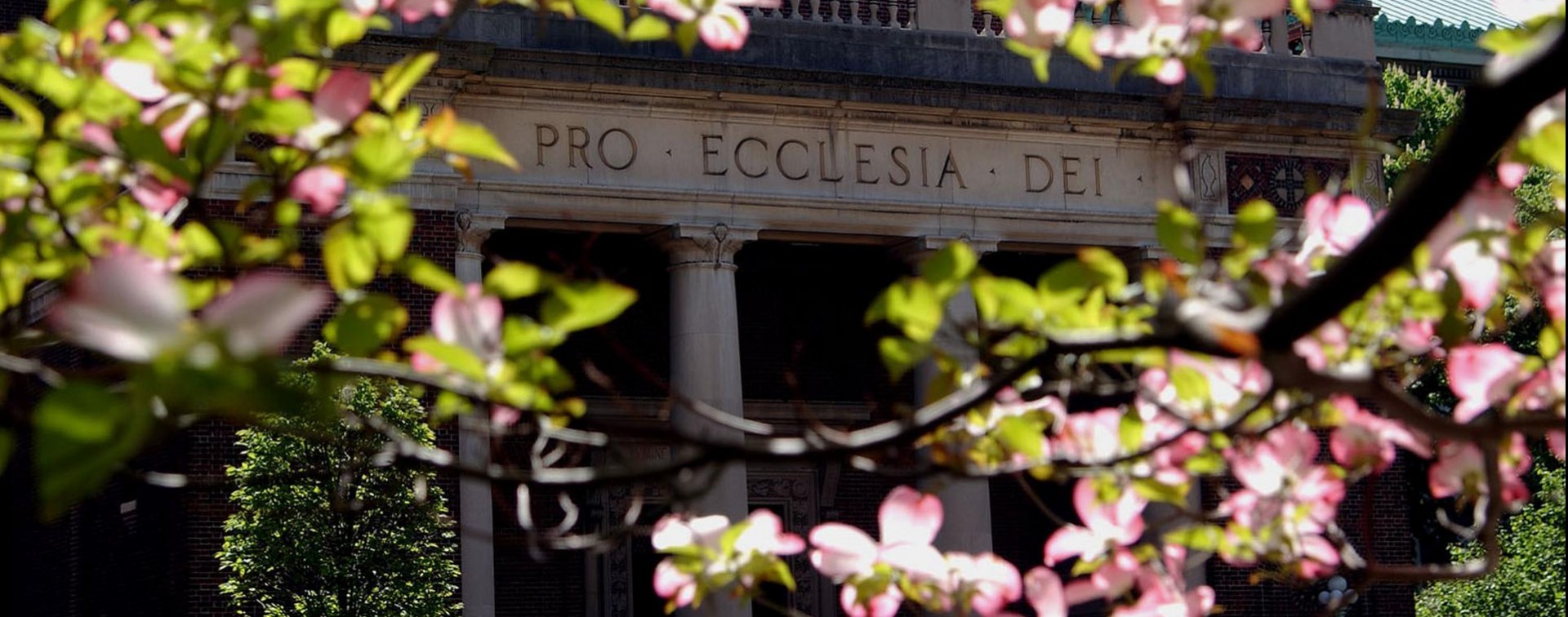Faculty Search Committee Resources
Welcome to the A&S Faculty Search Committee Resources page. Here you can find links to resources and publications discussed in the A&S Faculty Search Committee Briefing that can assist you in conducting broad and equitable faculty searches to enable recruitment of a more diverse faculty in Arts & Sciences.
Search committee briefings are typically held at the divisional level. All faculty on search committees are required to attend a faculty search briefing led by the Director for Faculty Development and Diversity. The briefing will review best practices for broadening searches and ensuring equitable reviews of candidates. Search committee members must attend one of these briefings every other year. Briefings are scheduled as committees are formed.
Statements on the Importance of Diversity for Columbia
Columbia University's Diversity Mission Statement
Dean of the Graduate School of Arts and Sciences Carlos J. Alonso’s Statement on Diversity
Guide to Best Practices in Faculty Search and Hiring
The Office of the Provost has published a Guide to Best Practices in Faculty Search and Hiring, available at the provost’s website here. It provides guidance and suggestions to assist you in conducting fair and equitable searches. It also presents ideas on how to help your department lay the foundation for attracting a diverse candidate pool and successfully recruiting diverse candidates.
A&S Instructional Appointments – Search Process
For more information about the Search Process for instructional appointments within A&S please see the Search Process.
Provost’s Office Funding for Faculty Recruitments from Underrepresented Groups
This program is designed to support Schools’ diversity plans, and to assist the University in meeting placement goals established in its affirmative action programs, by advancing the recruitment of outstanding minority and female scholars in disciplines where the availability of qualified minorities and women exceeds their representation on our faculty. The goal is that the composition of our tenured and tenure-track faculty more closely reflects the national pool of qualified candidates. The program has two elements, Standard Search Recruitments and Target-of-Opportunity Recruitments
For more information, please see the Requests for Proposals Web page provided by the Office of the Vice Provost for Faculty Advancement. Requests for applications for these recruitment programs are distributed to department chairs by the Director for Faculty Development and Diversity. Applications must be reviewed and approved by Divisional Deans and senior A&S leadership before final submission to the Office of the Provost. Applications are submitted directly to the Provost by the Office of the Executive Vice President for Arts and Sciences.
Tools and Resources for Faculty Search Committees
Included in the Provost’s Guide to Best Practices is a Sample Candidate Evaluation Tool. It is provided as a Word document that you can customize for your search.
Recommendations provided by Abigail J. Stewart and Virginia Valian for how department chairs and faculty search committees can optimize their chances to recruit diverse new faculty.
Information to Share with Prospective Faculty Members
Columbia’s Office of Work/Life fosters the well-being of the Columbia community and its people in their pursuit of meaningful and productive academic, personal and work lives. The Office provides an introductory booklet which can be provided to candidates during the hiring process as an overview of the services and resources available to faculty members in Arts & Sciences.
The Office of Work/Life also offers dual career services to assist the accompanying spouses/partners of newly recruited faculty with the challenges of conducting academic and non-academic job searches in a new location. See the Faculty Recruitment and Relocation Service page for more information. For candidates whose partner is also seeking employment in academia, resources for dual-career couples are available through the Higher Education Recruitment Committee’s Web site.
Benefits and Challenges of Diversity in Academic Settings
For further reading on the benefits and challenges of diversity in academic settings, a pamphlet produced by the Women in Science & Engineering Leadership Institute at the University of Wisconsin-Madison is hyperlinked here.
Below are links to research and publications cited in the A&S Faculty Search Committee Briefing.
Kahneman, D. (2011). Thinking, fast and slow. New York, NY: Farrar, Straus and Giroux.
Smith, D.G. (2000). “How to diversify the faculty.” Academe 86(5), 48-52.
Valian, V. (1998). Why So Slow? Cambridge, MA: MIT Press.
Wenneras, C., & Wold, A. (1997). Nepotism and sexism in peer-review. Nature, 387, 341-343.
